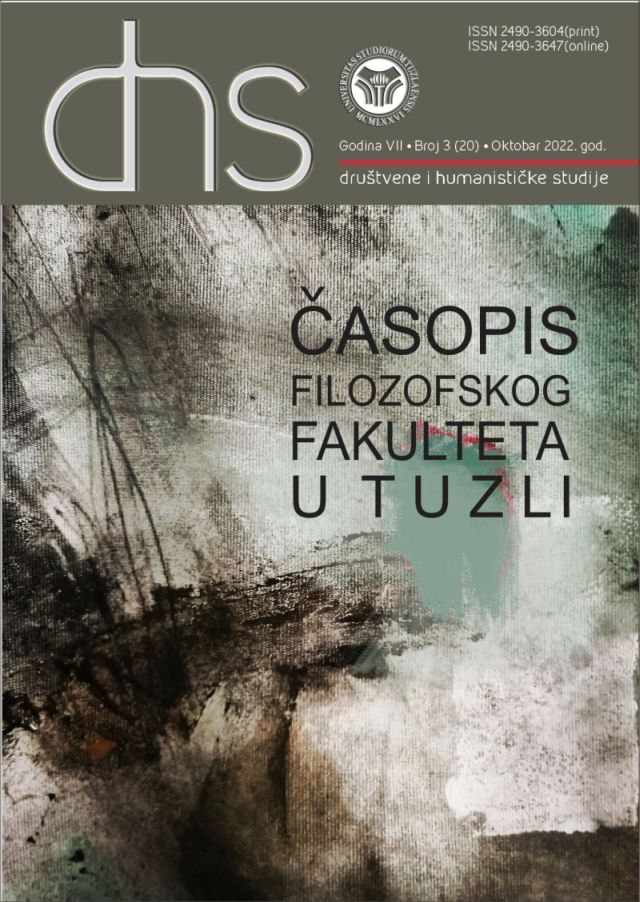Uloga i značaj Klubova liječenih alkoholičara u kontinuiranom održavanju apstinencije i postignutih rezultata oporavka od alkohola
The Role and Importance of the Clubs of Alcoholics in Treatment of the Continuous Maintenance of Abstinence and the Achieved Results of Recovery from Alcohol
Author(s): Vesna Huremović, Samra MahmutovićSubject(s): Psychology, Substance abuse and addiction
Published by: Filozofski fakultet Univerziteta u Tuzli
Keywords: Alcohol addiction; maintenance of change; clubs of alcoholics in treatment;
Summary/Abstract: In our work, we will use the term alcohol addiction due to less stigmatization of people who consume alcohol. Alcohol addiction as a medical-social phenomenon is present in a large number of the population. The goal of the work is to gain insight into the importance of Clubs of alcoholics in treatment (CATs) and the continuous maintenance of change in a person undergoing alcoholism treatment. The subject of the research was to determine the contribution of CATs, in the context of readiness for change in the recovery process of persons treated for alcoholism. The work is based on secondary analysis, which includes the collection and analysis of relevant professional and scientific selected literature from this field. For this work, when collecting secondary data, various books, scientific and professional works, and various databases were used. Willingness to continuously maintain change in the treatment of alcohol addiction is applied in different conditions, both inpatient and outpatient, applying different treatment methods, among which Clubs of alcoholics in treatment stand out, which have as their ultimate goal the treatment of a person who is under the influence of alcohol. The personal change of the CATs user takes place procedurally through an increase in the CATs user's awareness of the existence of the disease of alcohol addiction, a dramatic relief concerning the problem and solution to the problem of alcoholism, through evaluating the self-image and a greater degree of self-acceptance, changing the evaluation of the environment with which the user is in daily contact. Self-liberation occurs through direct interventions carried out in CATs, counter-conditioning learning of alternative forms of behavior to the problematic behavior of excessive alcohol use, and stimulus control interventions that provoke and encourage the user of CATs to reconstruct their environment. Using five-year abstinence and recovery from the disease of alcohol dependence as the primary outcome measure of treatment can lead to an improvement in the overall quality of life of the abstainer.
Journal: DHS-Društvene i humanističke studije: časopis Filozofskog fakulteta u Tuzli
- Issue Year: XX/2022
- Issue No: 20
- Page Range: 429-452
- Page Count: 24
- Language: Bosnian

